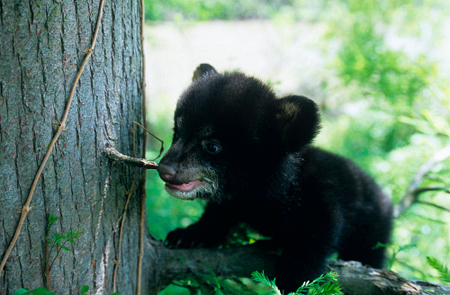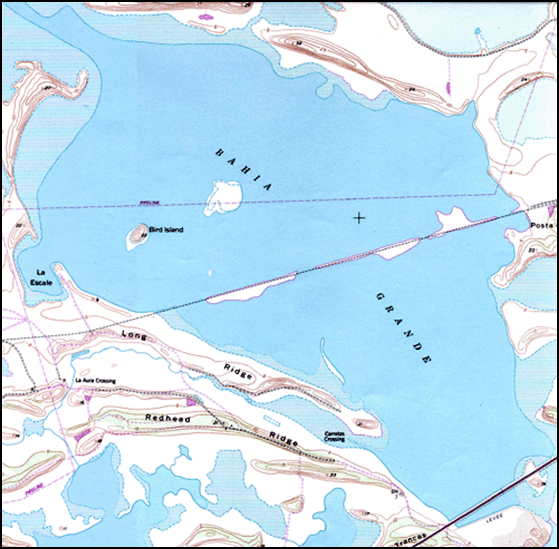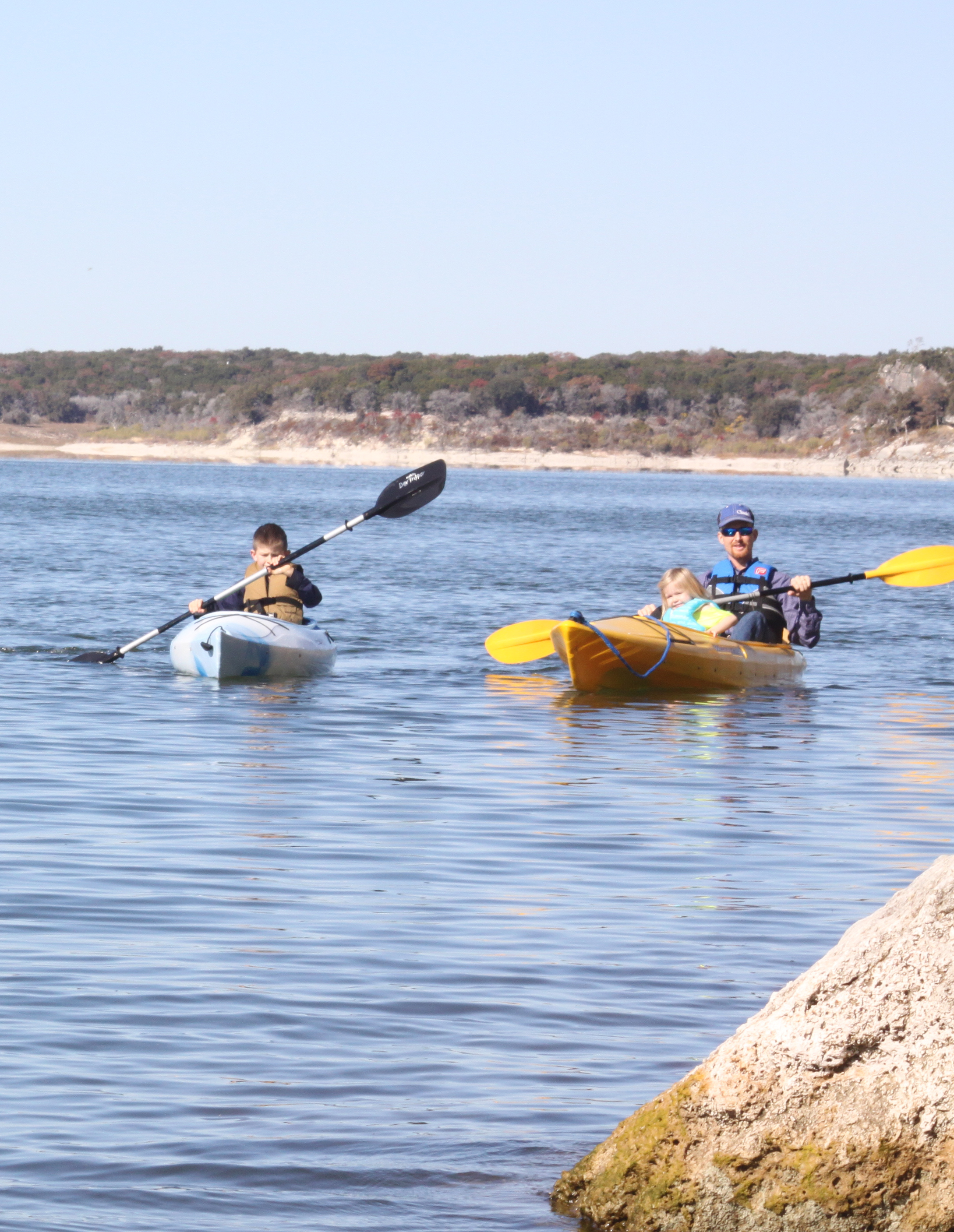Conservation/Wildlife: Black Bears in Texas, 2
Friday, May 24th, 2013
Black Bear image by Alan Vernon
This is Passport to Texas
The Louisiana Black bear is long gone from East Texas, although, small populations exist in its home state. Black bears we might see in NE Texas likely come from Oklahoma and Arkansas.
10- And they are not Louisiana bears. Bears in Oklahoma and Arkansas are probably the sub species Americana or just the plain American Black Bear.
But they’re welcome in Texas just the same, says Dave Holdermann, a wildlife diversity biologist in Tyler. TPW’s management goal is to manage natural re-colonization of the species in NE Texas.
15— And one of the things that we’re doing to support that approach is we monitor black bear sightings – mostly coming in from the public. And we monitor those very closely, and scour them very well, to be sure they are legitimate sightings.
Holdermann encourages the public to contact the wildlife division with black bear sightings at any of its regional offices.
27 — We look for and ask early in the interview [with the person], whether or not they have physical or photographic evidence. Beyond that, we look at details of the observation; how close was the person? What exactly did they see? How many bears were there? Give us the locality as close as you can. By the way, it wouldn’t necessarily have to be a photo of the bear. We might use hair as evidence, or a track.
Find more information about reporting your black bear sighting at passporttotexas.org: Call Dave Holderman with your black bear sighting at 903-566-1626 (ext. 209)
For Texas Parks and Wildlife…I’m Cecilia Nasti.


.jpg)



 Passport to Texas is a
Passport to Texas is a  Passport to Texas is made available by:
Passport to Texas is made available by: